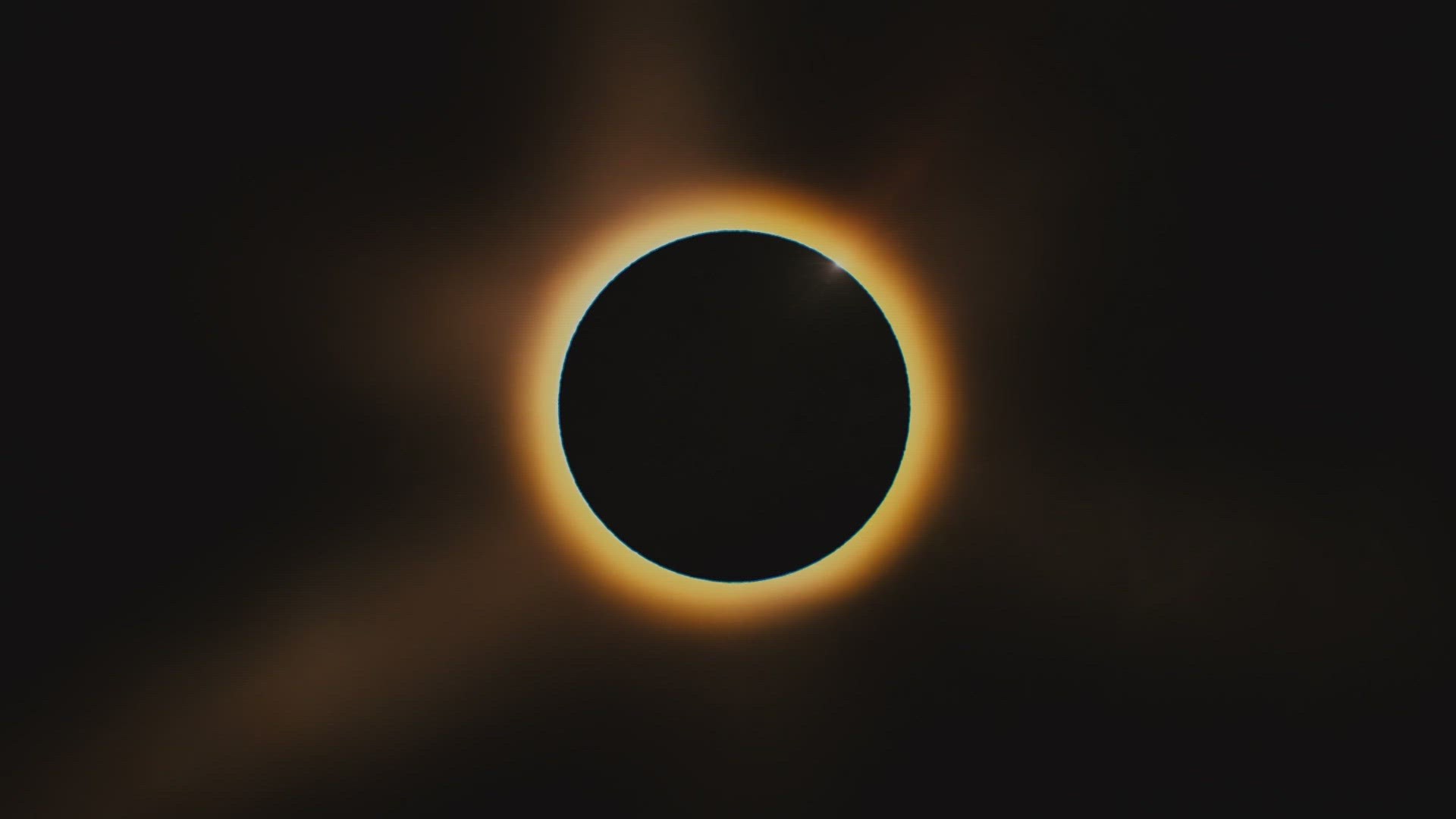The next solar eclipse is coming up in just a little over two months on April 8.
Unlike the last solar eclipse from back in October 2023, this upcoming event will be a total solar eclipse.
People previously experienced an annular eclipse in West Texas, which is when the moon passes in front of the sun, but can't completely cover it up leaving a ring of fire.
This eclipse will be different since the sun will be 100% covered up in the path of totality. However, West Texas is not in the path of totality but will still get about 90% of the sun covered. This should result in similar effects to the annular eclipse from back in October. Proper eye protection is going to be necessary for viewing the eclipse in the Permian Basin.
The eclipse should begin in Midland around 12:14 p.m., peak around 1:32 p.m. and end around 2:52 p.m.
Within the path of totality, which passes through San Antonio and extends to the northeast, the moon will completely cover the sun up for a maximum length of about four minutes. During this time, the sky will become almost pitch dark like nighttime except it will be the middle of the afternoon.
Hundreds of thousands, if not millions of visitors are expected to flood the State of Texas to view the total solar eclipse.
In particular, the area within the path of totality is expected to be the most heavily affected by tourism as thousands of people residing in big cities nearby pour into small towns to catch a glimpse of the event.
An example of this is Kerrville, TX. According to the greatamericaneclipse.com, up to 400,000 people are expected to travel to the town of just 24,000 residents. This will likely cause major traffic and infrastructure problems in certain areas.
In comparison to West Texas, it won't be nearly as effected by the influx of tourists as areas to the east. Other than a possible uptick in traffic on the interstates, the Permian Basin should remain largely unaffected while still getting to experience part of the beautiful feat of nature.

